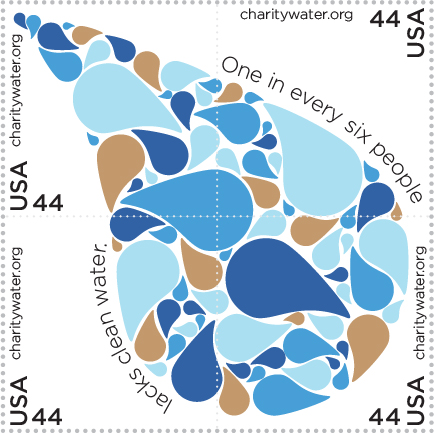The 25000 playa wetlands within the Southern High Plains (SHP) of the United States of America (USA) are the dominant hydrogeomorphic feature in the region, providing habitat for numerous plants and wildlife. The SHP are among the most intensively cultivated regions; there are concerns over the degradation and/or loss of playa wetland habitat. We examined water quality in playa wetlands surrounded by both grassland and agriculture and measured water concentrations of pesticides used on cotton (acephate, trifluralin, malathion, pendimethalin, tribufos, bifenthrin, k-cyhalothrin, acetamiprid, and thiamethoxam), the dominant crop in the SHP. Pesticides used on cotton were detected in water samples collected from all playas. Precipitation events and the amount of cultivation were related to pesticide concentrations in sediment and water. Our results show that pesticide concentrations were related in some circumstances to time, precipitation, and tilled-index for some but not all pesticides. We further compared measured pesticide concentrations in playas to toxicity benchmarks used by the US EPA in pesticide ecological risk assessments to obtain some insight into the potential for ecological effects. For all pesticides in water, the maximum measured concentrations exceeded at least one toxicity benchmark, while median concentrations did not exceed any benchmarks. This analysis indicates that there is a potential for adverse effects of pesticides to aquatic organisms.
Source:
Todd A. Anderson et al. Chemosphere xxx (2013) xxx–xxx

- Log in to post comments
